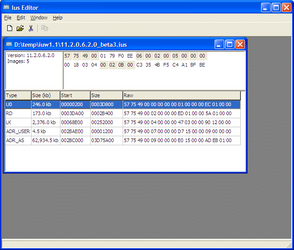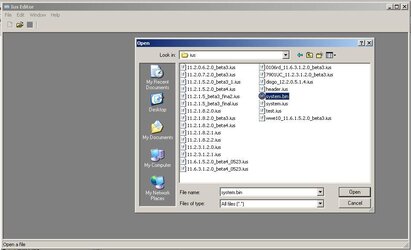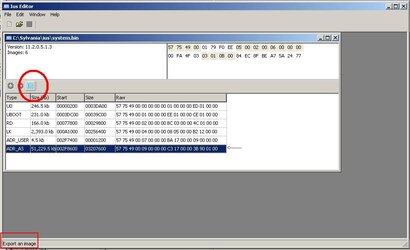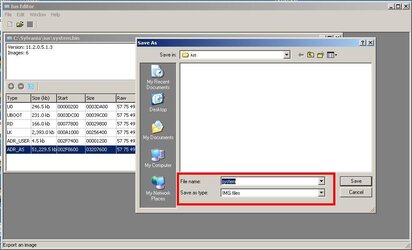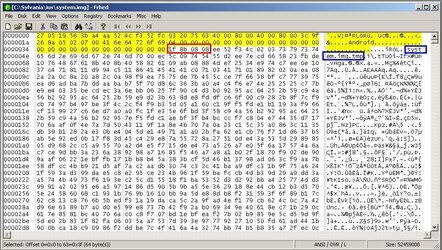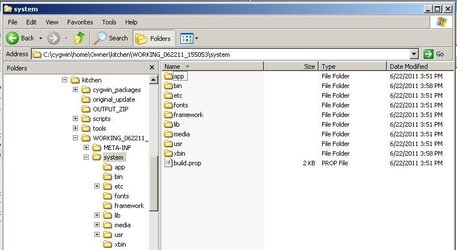First CFrockit a billion and one Thank Yous at least! I seldom log in but consistently when I drop in -your stilll here. Giving such valuable info to all on this tablet.
I was considering flashing the other rom. Recovery (?) and system (maybe only system) images being checked. Why wouldn't that work? Scary since our buttons do not match and would the iuw burn everything -even if only a couple boxes are checked.
Ok, so I obviously babble but I am soooooooo tempted. At any rate Thanks for so many of us are out here reading and DO appreciate all that you have contributed.
I was considering flashing the other rom. Recovery (?) and system (maybe only system) images being checked. Why wouldn't that work? Scary since our buttons do not match and would the iuw burn everything -even if only a couple boxes are checked.
Ok, so I obviously babble but I am soooooooo tempted. At any rate Thanks for so many of us are out here reading and DO appreciate all that you have contributed.

